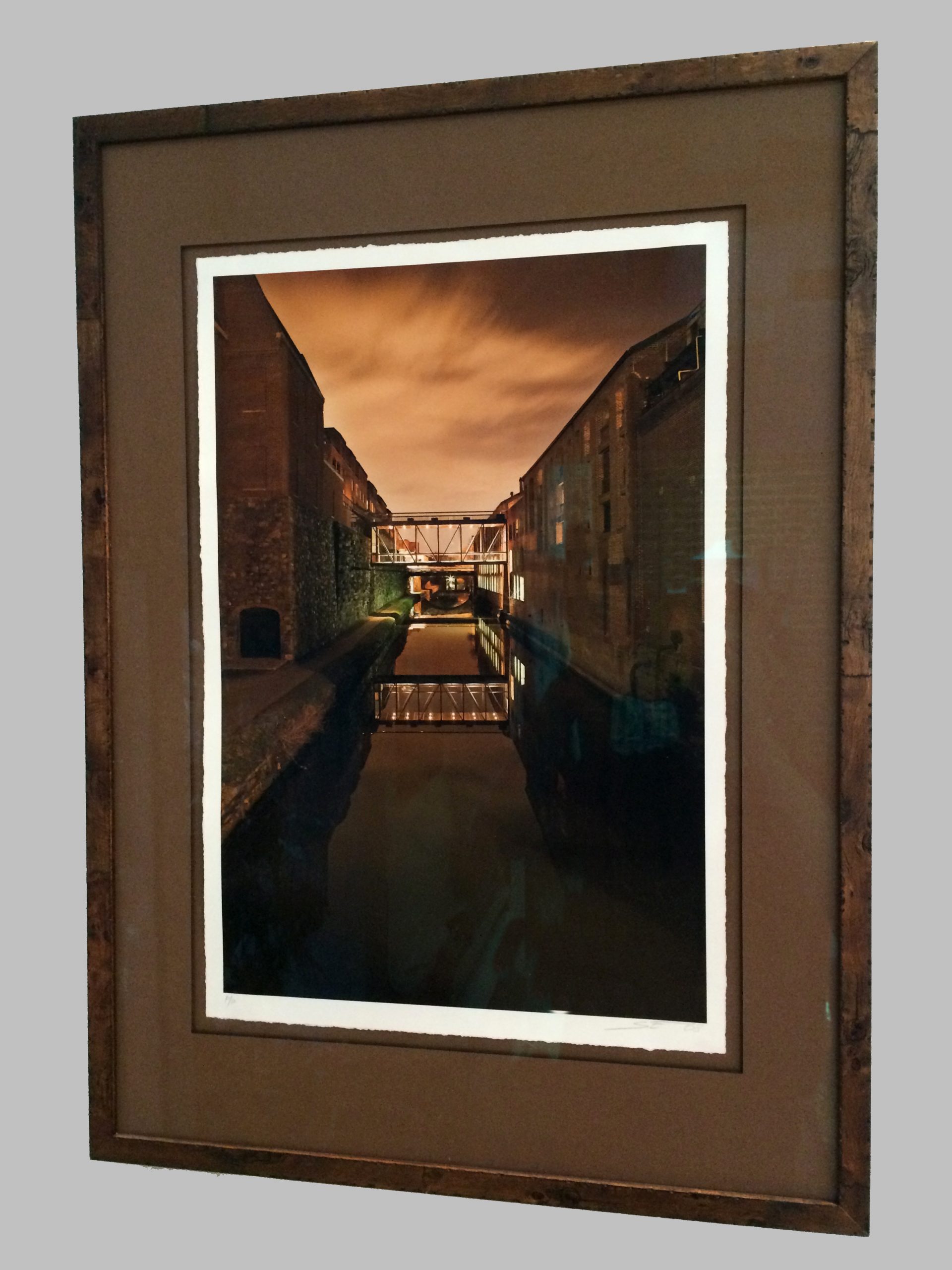Articles
Proper Handling of Your Paper Prints
There are a lot of fancy ways to display your paper prints these days. Unfortunately, a lot of these new presentation methods are not designed for longevity. Mounting with adhesives, leaving paper exposed or even face mounting to acrylic for display can cause irreversible damage to a paper print. These mounting options are very sleek and modern, but can drastically reduce the longevity of any particular print.
We are going to review the safest methods for handling paper that should last the full 150-300 years the paper prints we create are supposed to last.
It is not difficult to protect your paper prints or artwork. You must simply handle them as little as possible and use acid free materials when framing, storing or presenting your prints for sale.
When handling your paper prints you should have freshly washed hands, acid free nitrile gloves, or cotton gloves.
When selling paper prints it is important to present them in a way that helps protect the print from damage while being handled. You can do this by attaching acid free backing board (foam core, matte board, and more) and putting them in a clear bag. Matting the prints you have for sale will add extra protection for the print surface. This makes for a nice presentation and saves your clients a step once they have purchased your prints.
You should store your paper prints flat in flat files or acid free storage boxes. You can stack and sort them by putting them in folders to keep them from moving around. We always have large sheets of acid free paper available to anyone that wants to make large folders to help protect and store prints. Flat files are well worth the investment. They come in many different sizes. Check your local craigslist. There are almost always some available.
When framing your prints make sure you use acid free materials. If you must mount, use a method that can be removed at a later date. The most archival way to present paper when framing is to hinge mount the top of the paper with linen tape or rice paper strips. Many people choose to add a mat over the edges of the print to hold it flat. Some choose to leave the paper floating exposing a torn or deckled edge (see pic). Both of these methods give your paper the ability to expand and contract without damaging it. Almost all spray or glue mounting adhesives are not archival. For more information about matting and framing your work visit the American Institute for Conservation of historic and artistic works article “Matting & Framing Works of Art and Documents on Paper”
To read more about how temperature, humidity, UV exposure, and air borne pollutants will affect your works on paper visit American Institute for Conservation of historic and artistic works article “Documents, and Art on Paper”.


